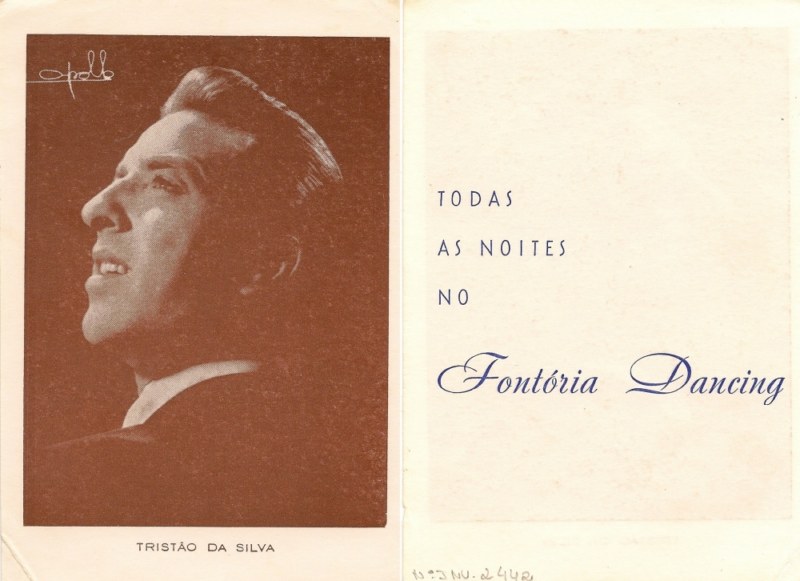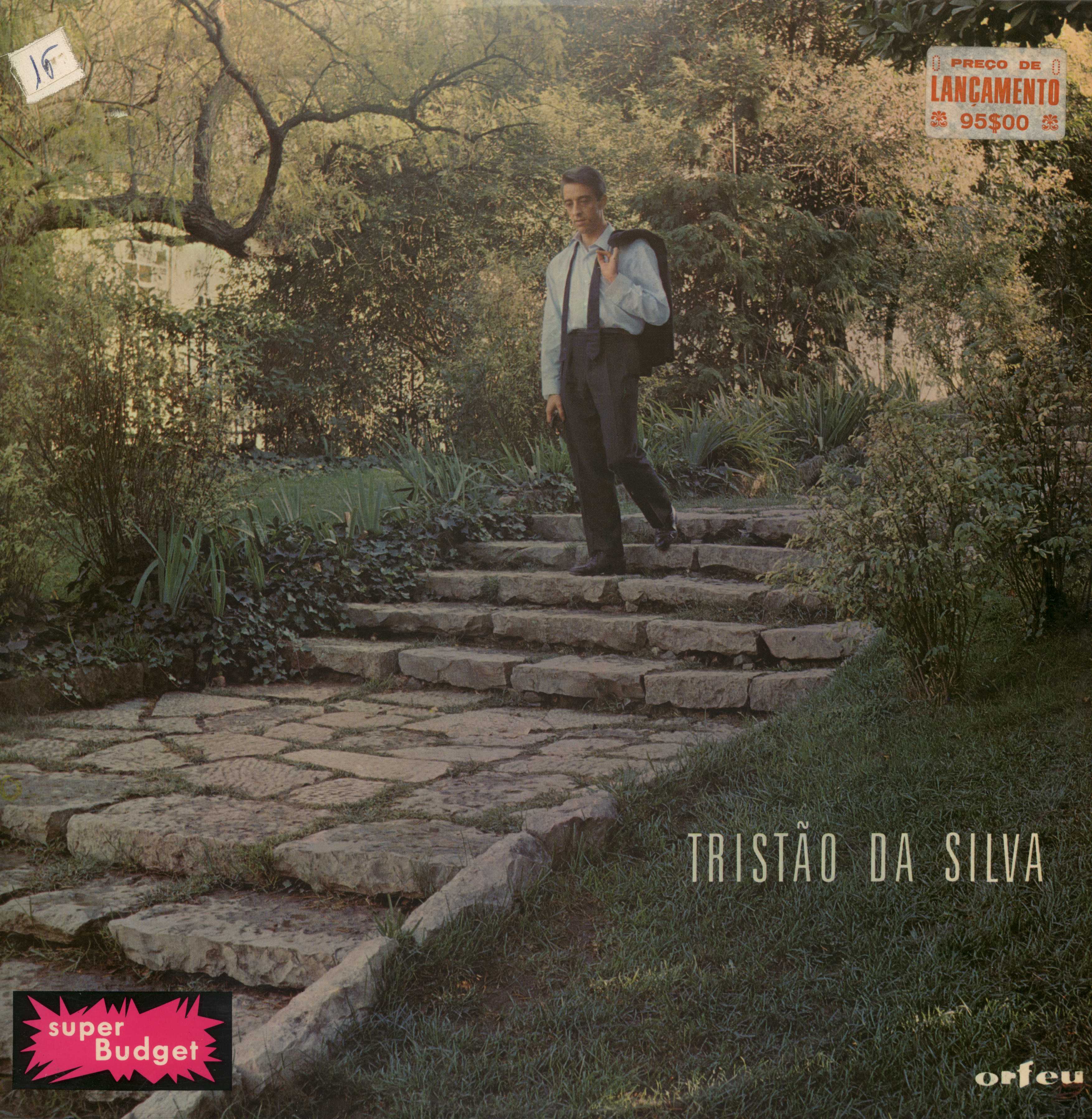Know more:
Tristão da Silva
(N. 18 July, 1927 - M. 10 January, 1978)Manuel Augusto Martins Tristão da Silva, son of Francisco Tristão da Silva and Teodora Augusta Martins, was born on July 18, 1927 in Freguesia da Penha, in Lisbon.
When Manuel Tristão da Silva started school, he spent “his free moments singing, for which he demonstrated a decided vocation.” (“Álbum da Canção”, No. 29, July 1, 1965). And in the beginning of 1937, when he was only 9 years old, he was hired by businessman José Miguel, to perform on Sundays at "Café Mondego's" matinée. At this time he used the name Manuel da Silva, but he became known as the “Kid of Alto do Pina”.
He completed his primary education and became employed in a drugstore in Graça, from where he moved to another located on Rua Morais Soares and, later, learned blacksmithery. Still, and despite being only 15 years old, these professional activities do not prevent him from pursuing his artistic career, singing in many of the recreational societies and, later, in the Fado houses of Lisbon. Tristão da Silva was part of the first casts of "Sala Júlia Mendes", at Parque Mayer, and "Café Monumental", at Rua Carvalho Araújo.
With the dream of becoming a more popular artist, the fado singer makes several tests to enter the boards of the National Broadcaster, but ends up being refused. In the meantime, he will fulfill his mandatory military service and is incorporated in the Light Artillery Regiment 3, where he is allowed to go out to sing on the nights when he has performance contracts.
About 22 years old, after his military service ended, Tristão da Silva is introduced to conductor Belo Marques, then musical director of the Estoril record label, being hired by Manuel Simões to make some recordings, accompanied by the Belo Marques orchestra.
Two great successes date back to 1954 that brought Tristão da Silva the consecration with the public: the theme “Nem às paredes confesso”, written by Max and Artur Ribeiro, and “Maria Morena”, with lyrics by Radamanto and music by Casimiro Ramos .
Admitted as an artist of the National Broadcaster, he starts to appear in several radio programs, naturally obtaining great success. Tristão da Silva performs, in 1955, on Madeira Island and, in the following year, in the Azores. The fado singer also makes recordings in Spain and a trip to Africa, in addition to being one of the first artists to perform on RTP programs, then broadcasted from the Feira Popular.
In 1960 he traveled to Brazil, where he ended up staying for 4 years, to perform on Rádio and TV Tupi in Rio de Janeiro and in the various typical Portuguese restaurants in the city. Participates in plays, namely with Osvaldo Lousada in a play entitled "O Assunto É Mulher". Subsequently, he travels to São Paulo, where he also performs on Radio, TV and in the main “night clubs” in the city; and makes a tour that takes him to Recife, Bahia, Porto Alegre, João Pessoa, Pelotas, Fortaleza and Brasília. In Porto Alegre he is hired for a new tour this time to perform in Bolivia, Chile, Paraguay, Argentina, Uruguay and Peru.
Of note during his stay in Brazil was the “Sassy” award, which he received in 1961, in São Paulo, destined “for the best international attraction of the “music-hall” on display in that capital.” (“Álbum da Canção”, No. 29, July 1, 1965).
Tristão da Silva returns to Lisbon in 1964, by the hand of Vasco Morgado who hires him to act in the magazine "Férias em Lisboa". At this time, the fado singer also performs on RTP programs, and sings at Fernanda Maria's typical house, Lisboa À Noite.
Tristão da Silva is part of the casts of the most popular Fado houses in Lisbon, such as "O Faia", "A Tipóia", "A Parreirinha de Alfama", "Forcado" or "O Luso", and sings, also, in Politeama's cinematographic sessions and in theater plays such as “Marujinhos à Vela” or the aforementioned “Férias em Lisboa”, on stage respectively at the Maria Vitória and Monumental theaters.
Illustrative of his popularity is the poem that the author Carlos Conde dedicates to him, in “Galarim da Semana”:
“Justamente consagrado
Todos sabem que Tristão
Tem sido grande no Fado
P’ra ser maior na canção!
Não pediu nada a ninguém
P’ra chegar onde chegou;
O prestígio que hoje tem
A seu tempo o conquistou!
O Tristão não é dos tais
Que julgam muito saber,
Por isso é que vale mais
Do que o que julga valer!”
(“Plateia” magazine, s/d.)
He would pass away, at the age of 50, in a brutal car accident in January 1978, when he was returning from a performance at the fado restaurant "O Forcado". Thus ended, abruptly, a career filled with great successes, such as those already mentioned, “Nem às paredes confesso” and “Maria Morena”, or “Da Janela do Meu Quarto”, “Aquela janela virada p'ró mar” and “Calçada da Glória”. Themes interpreted in a romantic style that Tristão da Silva's deep and highly personalized voice immortalized.
In 2004, the Lisbon City Hall paid tribute to the singer, giving his name to a garden located in the parishes of Alto do Pina and Beato.
Source:
“The Voice of Portugal”, April 10, 1957;
“Diário Ilustrado”, March 9, 1960;
“Álbum da Canção”, No. 29, July 1, 1965;
"Radio & Television", April 26, 1969;
“Galarim da Semana”, in “Plateia” magazine, s / d.;
“Diário Popular”, January 10, 1978;
“Tristão da Silva, 1927-1978”, Edição CML, Comissão Municipal de Toponímia, Julho de 2004.
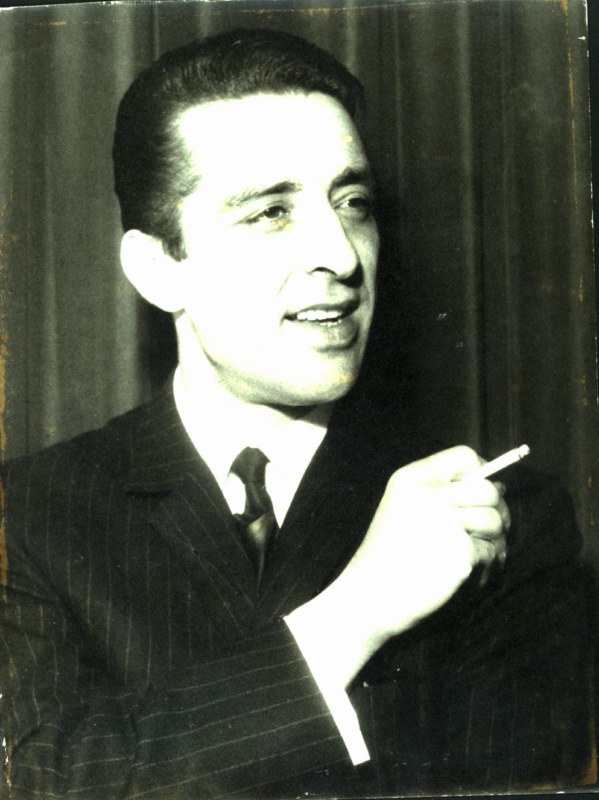
Trsitão da Silva, s/d.
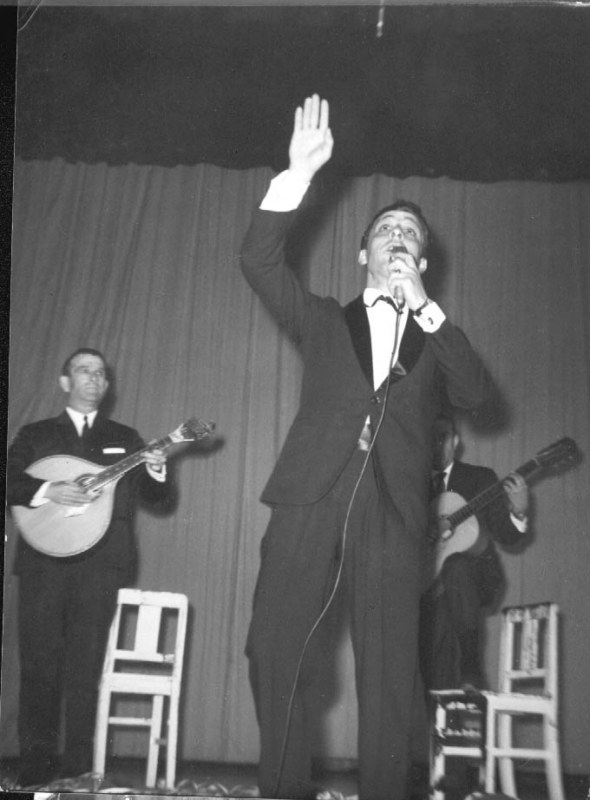
Tristão da Silva, s/d.
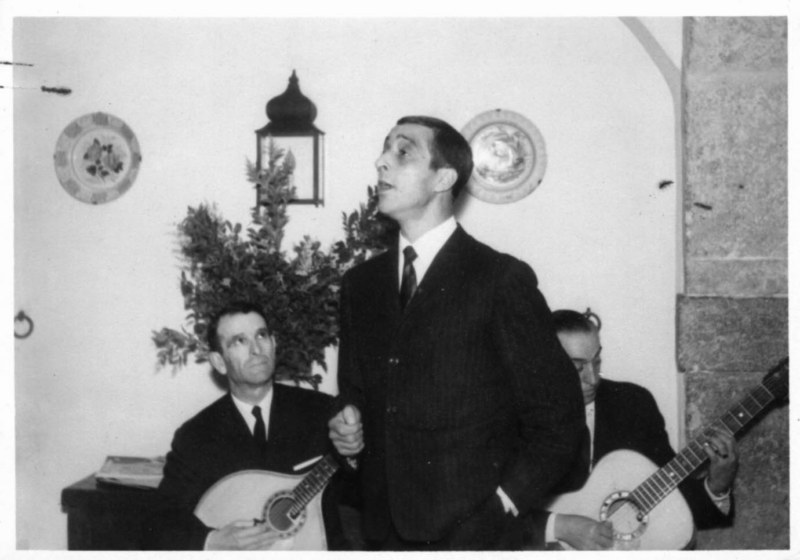
Tristão da Silva, Miguel Ramos e Liberto Conde, s/d.
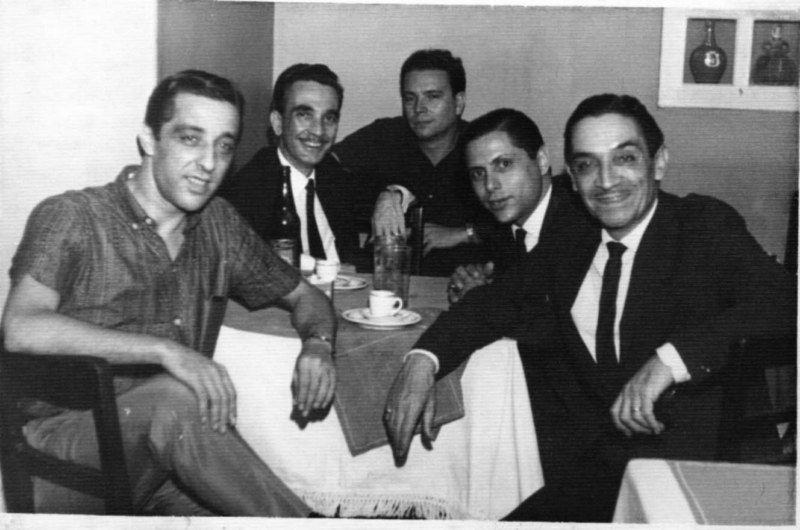
Tristão da Silva, António Rodrigues, Leonel Vilar e Mário Rocha Rio de Janeiro, 1961
-
Aquela Janela Virada Para o Mar Tristão da Silva (Frederico de Brito)
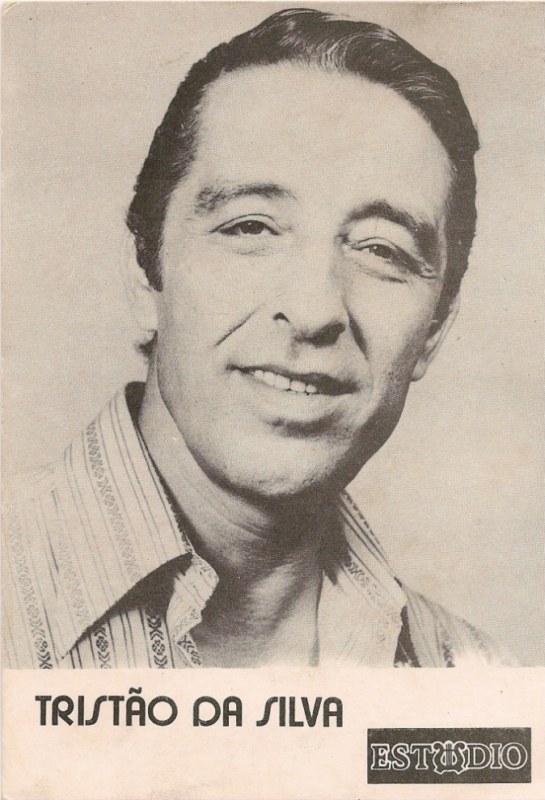
Postal de | Postcard Tristão da Silva, s/d.
